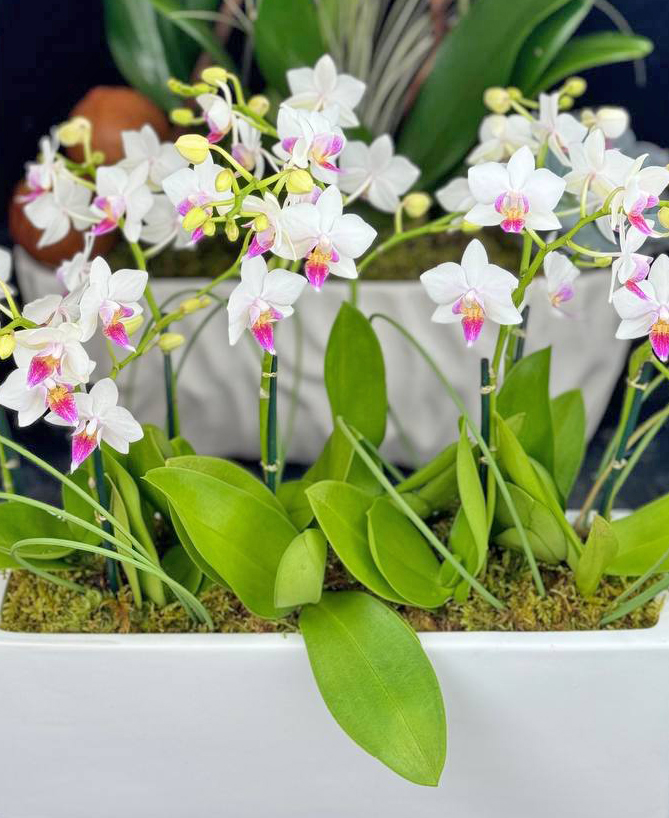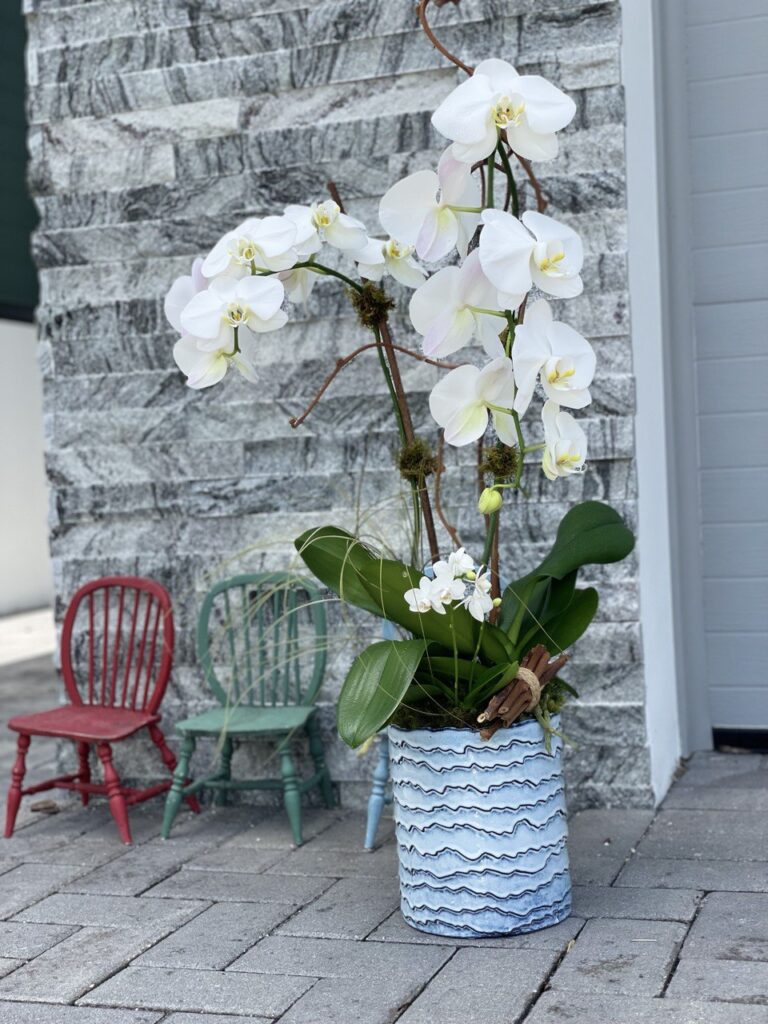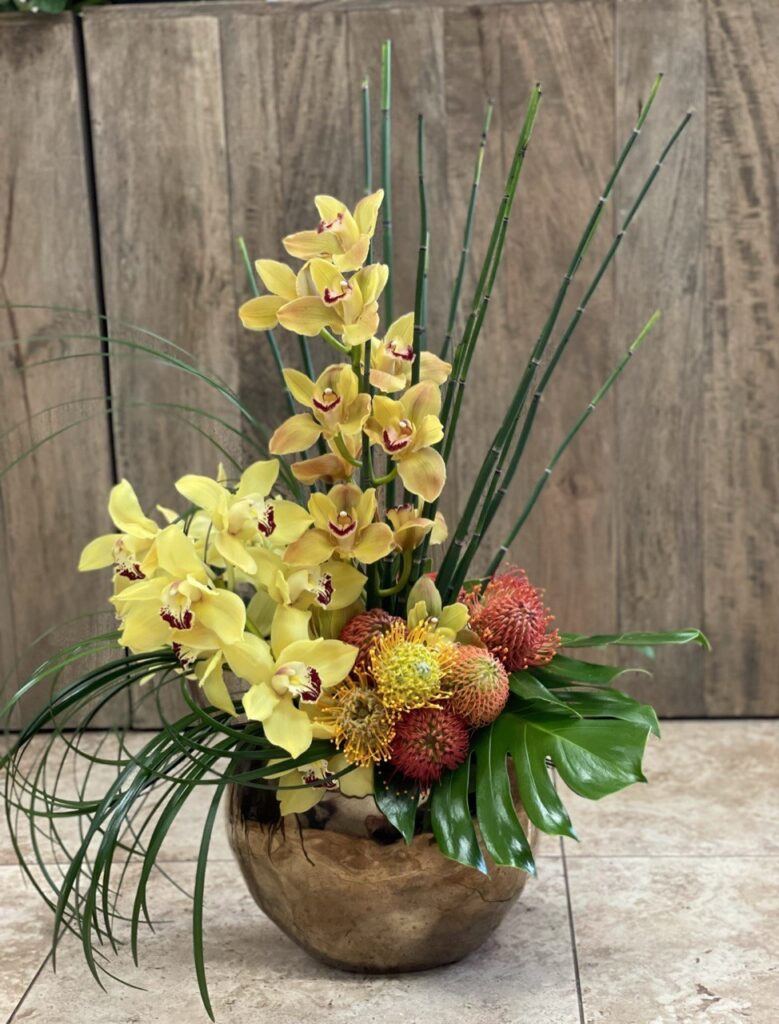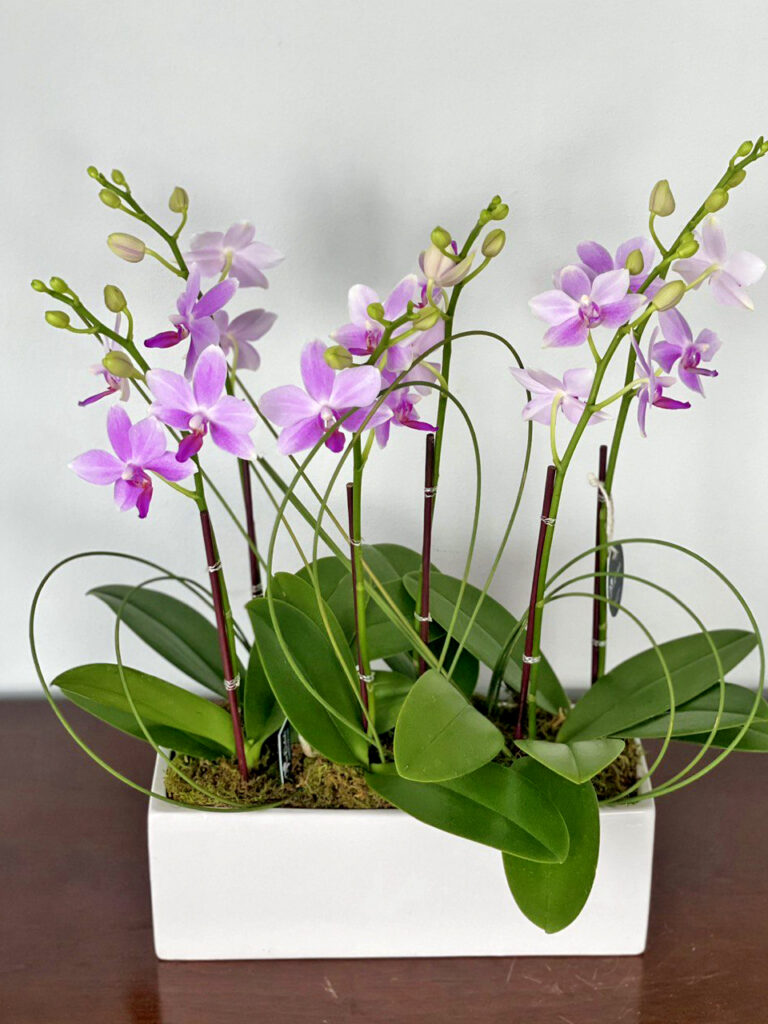As the summer months approach, the allure of vibrant blooms beckons many to bring the beauty of nature indoors. However, it is vital to recognize that not all flowers are safe for indoor environments. Some species can pose serious health risks due to their toxic or allergenic properties, making awareness crucial for those who wish to create a harmonious and safe living space. This section aims to introduce readers to the concept of toxic and allergenic flowers, highlighting the importance of exercising caution when selecting floral displays for the home.
During the summer, the increased availability of flowers can lead to a surge in home decorating with plants. This warm season often invites individuals to embrace floral arrangements as a means of brightening their surroundings. Still, many may remain unaware that certain flowers contain harmful compounds or allergens that can trigger adverse reactions upon contact or inhalation. Allergic responses may vary from mild irritations to severe health effects, depending on the individual’s sensitivity. Moreover, some flowers can be especially dangerous to pets and children, adding another layer of concern for families.
It is essential to familiarize oneself with the characteristics of various floral species, particularly those known for their toxicity. Understanding which flowers can pose risks not only aids in making informed decisions when purchasing plants but also enhances one’s ability to maintain a safe indoor environment. The increased warmth and humidity of summer further exacerbate the possibility of allergic reactions or toxic encounters, making diligence essential when inviting floral beauty into your home. Therefore, being well-informed is the first step toward protecting yourself and your loved ones this season.
Common Allergens: Flowers to Avoid
As summer approaches, the vibrant colors and fragrances of various flowers can bring joy to many households. However, certain flowers are notorious for triggering allergies in sensitive individuals. Understanding these common allergens is essential for anyone looking to create a comfortable and safe indoor environment. One of the most recognized allergenic flowers is the Ragweed. While not traditionally considered a flowering plant, it produces an abundance of pollen that can travel far and wide, leading to sneezing, nasal congestion, and other symptoms associated with hay fever.
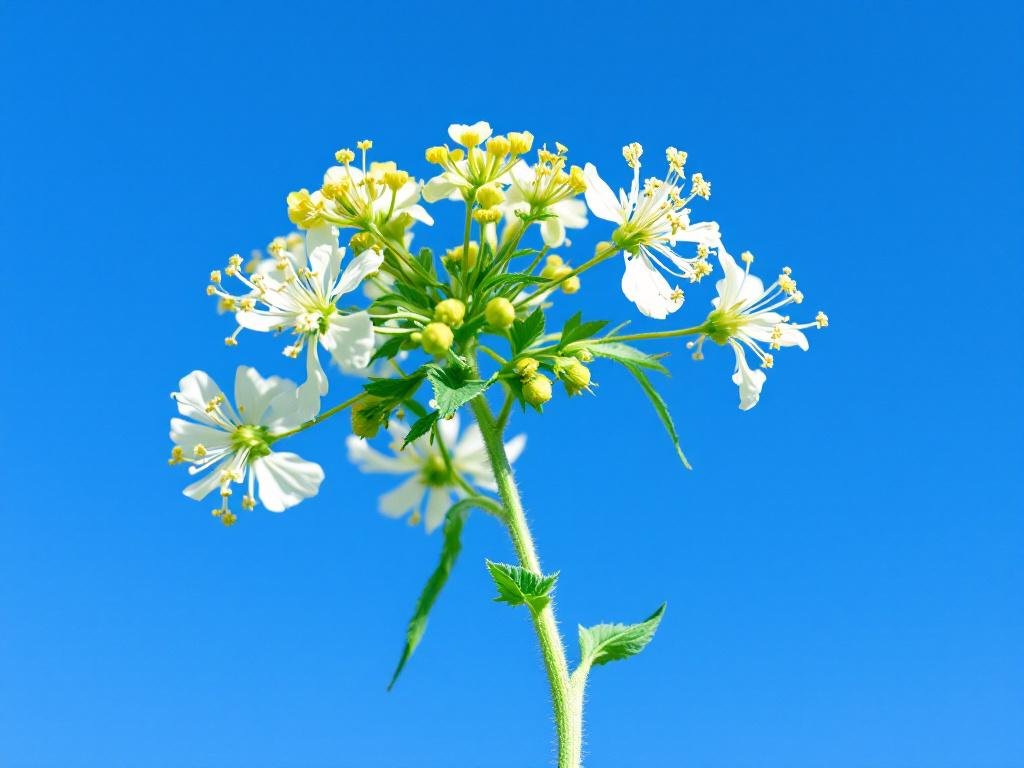
Another flower to be aware of is the Chrysanthemum. This popular decorative flower releases allergens that can provoke allergic reactions in some people. Symptoms may include itching, rashes, and respiratory issues. Additionally, the Sunflower, which is cherished for its bold appearance, also produces pollen that can exacerbate allergies, particularly during the peak blooming season.
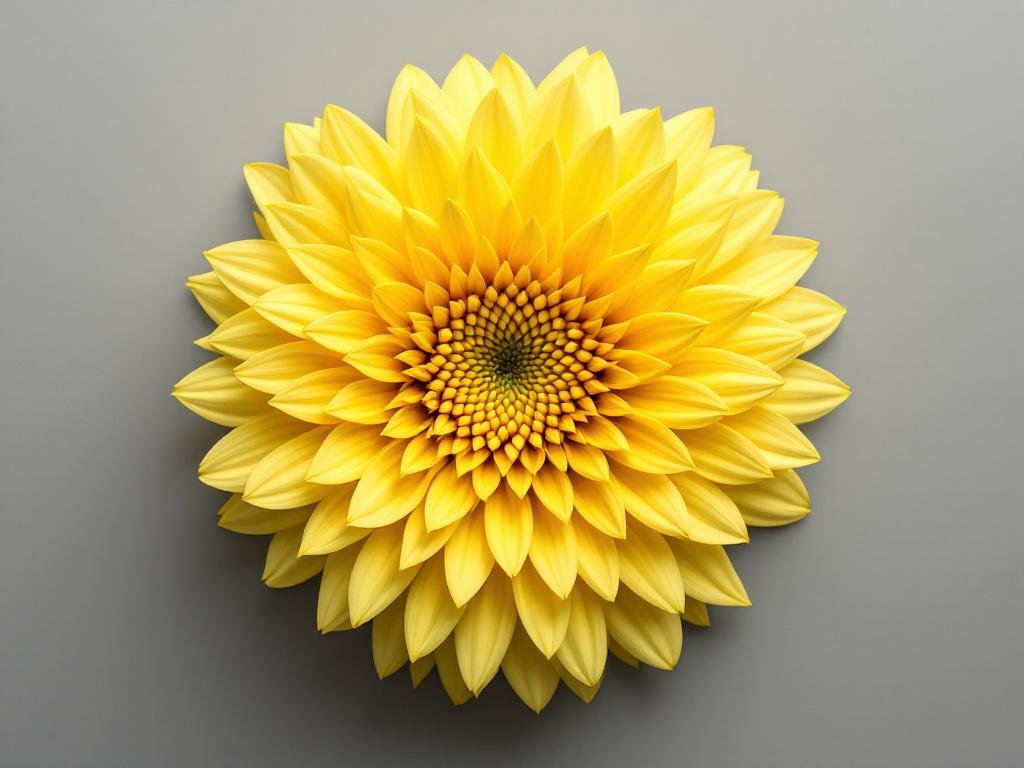
Flowers such as the Lilac and Bee Balm are also known for their potent fragrances, but they can trigger allergic reactions in sensitive individuals. Symptoms associated with these flowers can range from mild sneezing to more severe respiratory problems. Another often-overlooked plant is the Carnation, which, while beautiful, has been linked to skin allergies and irritation.
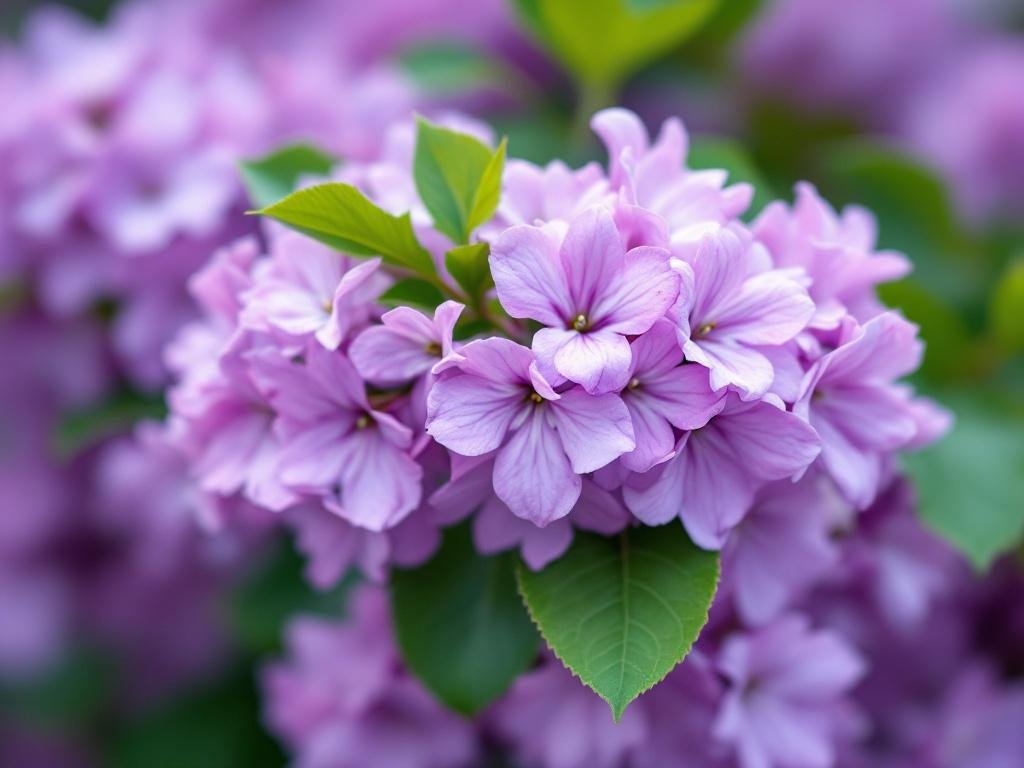
To mitigate the risks of allergic reactions during summer, it is advisable to monitor airflow in your home and reduce exposure to these allergenic flowers. Regular cleaning and the use of air purifiers can help maintain air quality. If you or your family members are particularly sensitive, it may be worthwhile to consider alternative, non-allergenic plant options that can still provide aesthetic value without compromising health. Knowing which flowers to avoid can be crucial in ensuring a peaceful and allergy-free summer season.
Toxic Flowers: Dangers to Humans and Pets
While many flowers serve as beautiful decorations in homes, some can pose significant dangers to both humans and pets. The presence of toxic flowers indoors can lead to serious health issues, particularly in households with children and animals. Awareness of these perilous plants is crucial for fostering a safe living environment.
Several flowers are notably toxic due to the harmful compounds they contain. One such example is the Lily, particularly the Easter Lily, which is highly toxic to cats. Ingestion can lead to severe kidney failure, and even small amounts can trigger serious reactions. Symptoms often include vomiting and lethargy. Another flower, the Oleander, is equally dangerous; its leaves and stems are highly toxic to both humans and pets. Consuming Oleander can result in heart complications, gastrointestinal distress, and even death.
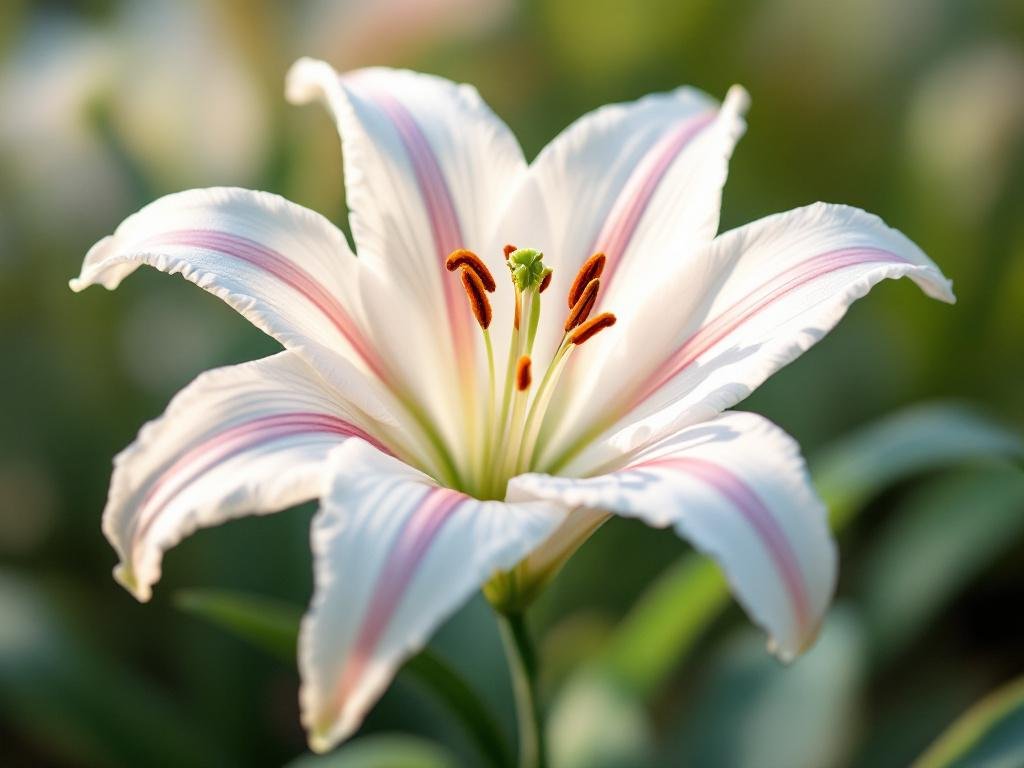
Azaleas, commonly found in gardens, also require caution. These plants contain grayanotoxins that can induce vomiting, diarrhea, and cardiac problems when ingested. Additionally, the Foxglove plant, known for its bell-shaped flowers, harbors toxic compounds that can affect the heart’s rhythm and potentially lead to fatality. The dangers posed by these plants underscore the importance of careful plant selection for indoor spaces.
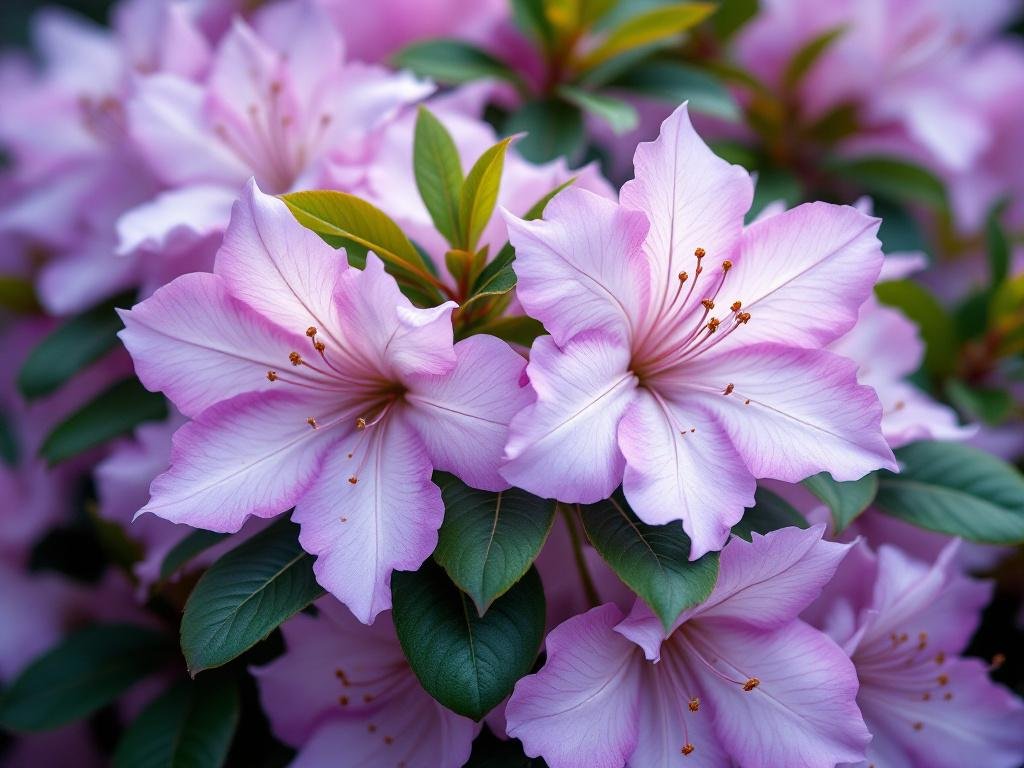
Identifying toxic flowers is essential in mitigating risks. Homeowners should familiarize themselves with common hazardous varieties and examine the plants before bringing them indoors. Various online resources and gardening books provide lists and visual guides to assist identification. Always opt for non-toxic plants when choosing indoor flora, especially in homes inhabited by children or pets.
In conclusion, understanding the dangers associated with toxic flowers can significantly enhance the safety and wellness of your home environment. Vigilance in plant selection, combined with knowledge of toxic species, is key to preventing health hazards to all inhabitants.
Safe Alternatives: Flowers You Can Enjoy in Your Home
When considering floral decor for your home, opting for flowers that are both beautiful and safe is essential. Many popular summer blooms can pose health risks, particularly for households with children or pets. However, several non-toxic and non-allergenic flowers are perfect for bringing cheer into your living space without the associated dangers. Below is a curated list of flowers that meet these criteria while enhancing the ambiance of your home.
One of the top choices is the Sunflower. Known for their vibrant yellow petals and sturdy stems, sunflowers are not only visually stunning but also non-toxic to both humans and pets. Their bold appearance can serve as a central feature in any floral arrangement, spreading warmth and positivity throughout the room.
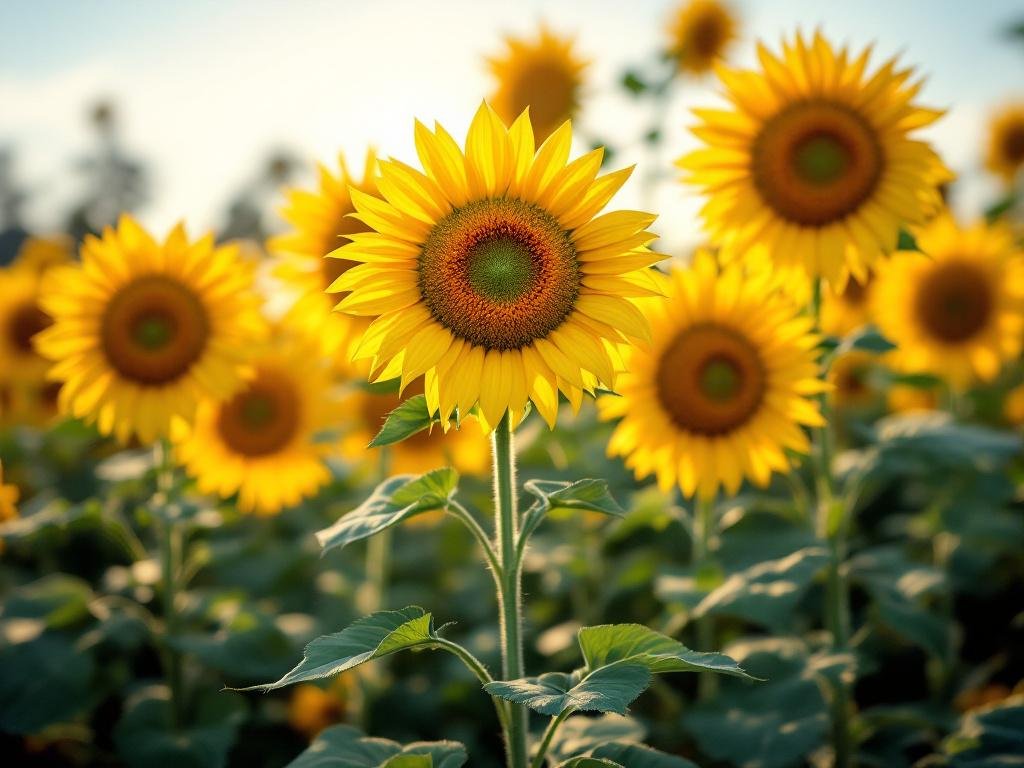
Zinnias are another excellent option. Available in a myriad of colors, these resilient blooms are perfect for summer decorating. They are non-allergenic and can thrive both indoors and in gardens, making them versatile for various settings. Their vibrant hues can brighten any corner of your home, adding an inviting atmosphere.
For a more calming effect, consider Gerbera daisies. Their wide flat blooms are a sight to behold, and they come in an array of soft pastel shades as well as bold primary colors. Gerbera daisies are safe for households with allergies, allowing you to enjoy their cheerful display without concern.
Lastly, Orchids are an elegant choice, known for their exotic appearance and long-lasting blooms. These flowers are generally non-toxic and can add a sophisticated touch to your decor. Moreover, they require minimal care, making them ideal for busy individuals who still wish to enjoy the beauty of nature indoors.
Incorporating these safer floral options into your home can provide the perfect blend of aesthetic beauty and peace of mind. Delight in summer’s offerings without compromising on safety by considering these vibrant, non-toxic flowers in your home design.

